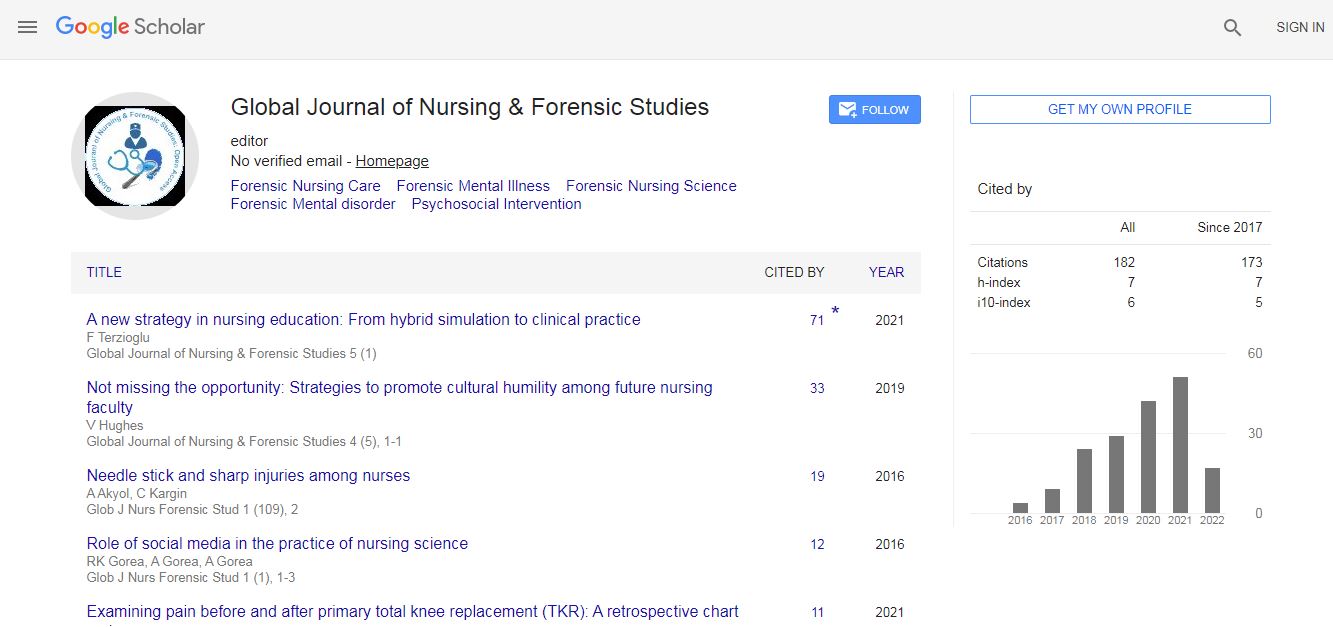Our Group organises 3000+ Global Conferenceseries Events every year across USA, Europe & Asia with support from 1000 more scientific Societies and Publishes 700+ Open Access Journals which contains over 50000 eminent personalities, reputed scientists as editorial board members.
Open Access Journals gaining more Readers and Citations
700 Journals and 15,000,000 Readers Each Journal is getting 25,000+ Readers
Google Scholar citation report
Citations : 82
Optometry: Open Access received 82 citations as per Google Scholar report
Indexed In
- Google Scholar
- RefSeek
- Hamdard University
- EBSCO A-Z
- Euro Pub
- ICMJE
Useful Links
Recommended Journals
Related Subjects
Share This Page
Efficacy of chloroquine-doxycycline combination therapy on co-infection of malaria and onchocerciasis in ahani-achi
World Congress and Expo on Optometry & Vision Science
Akujobi, A.U
Bausch & Lomb school of optometry, Algeria
Posters & Accepted Abstracts: Optom Open Access
Abstract
The clearance rates of separate and combination therapies of chloroquine and doxycycline on malaria, onchocerciasis and mixed onchocerciasis-malaria parasitemia in 603 volunteers aged 10-60+ years were investigated for baseline and post-intervention mean parasite densities (MPD) using skin snip biopsy and smear microscopy techniques between March 2012 and April 2014. Subjects were classified into onchocerciasis (n=100), onchocerciasis+ chloroquine-doxycycline therapy (n=90), malaria (n=104) and concomitant onchocerciasis-malaria (n=309) groups. Standard treatment with doxycycline was 200mg daily dose for 6 weeks while that of chloroquine was 1000mg loading dose, followed by 500mg after 6-8 hours, then 500mg each day for 2 days. Result showed that the clearance rates of chloroquine-doxycycline, chloroquine-only and doxycycline-only on concomitant onchocerciasis-malaria parasitemia were 100%, 94.12% O. volvulus; 52.97% MP and 100% O. volvulus; 97.70% MP respectively. Chloroquine was shown to potentiate the microfilaricidal action of doxycycline. Chisquare (X2) analysis showed that the difference between the clearance rates of combination therapy and chloroquine-only therapy on concomitant onchocerciasis-malaria parasitemia was statistically significant (P<0.05) while the difference between the clearance rates of combination therapy and doxycycline-only therapy on mixed parasitemia was not statistically significant (p>0.05). In conclusion, Chloroquine-doxycycline combination therapy proved effective as a novel therapeutic strategy in the management of separate and co-infection of malaria and onchocerciasis.Biography
Email: drakujobi@yahoo.com

 Spanish
Spanish  Chinese
Chinese  Russian
Russian  German
German  French
French  Japanese
Japanese  Portuguese
Portuguese  Hindi
Hindi 